
Why Asynchronous Work is the New Way of Doing Things
- 12 Min read
See how to implement an effective work management system with FuseBase
Book a demoWith many things competing for your attention, knowing what you need to focus on and how to use your time effectively is critical if you want to get things done.
A good work management system will keep you organized and focused on what’s most important, while keeping you informed about what you need to know to complete your priorities.
Work management refers to overseeing the flow of information and how things are done in a business. This can include operational processes, communicating with team members and clients, planning work projects and tracking objectives.
Without work management, you can waste money, increase costs and decrease efficiency. Work management is about planning, execution and getting the right things done.
When you have a work management system, you have procedures and processes that allow everyone to be successful in their roles.
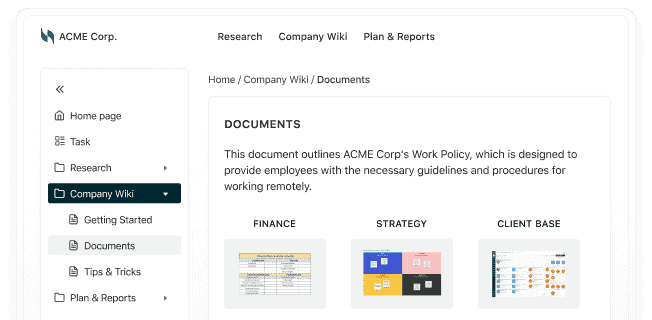
Working management refers to using management methods for managing time resources in teamwork. Work management targets improving the quality of work processes and projects. Work management is important for controlling project scope to avoid resource and time management concerns. Both methods: used to streamline these processes in order to better plan and meet the demands of the stakeholders, control resources and evaluate performance.
A work management system is a software application designed for governing processes, projects, tasks, deadlines, resources and more.
Work management system is an organization’s management tool and technique which helps to manage teams’ tasks, resources and time. Most modern work management systems are largely dependent on working management software, as it enables organizations to collaborate on projects to control productivity.
This is one feature of the Work Manager software that will be necessary. Typically, work management systems are structured as the components of the tools that can be integrated with other projects. These include resource management, teamwork, time and job management, budgeting, reporting and more.
A work management system helps you organize and execute your daily activities more effectively, so you can spend less time doing routine tasks and more focusing on the bigger picture.
A well-designed work management system can make your life easier and more efficient.
Build a system that streamlines your workflow with FuseBase
What are warehouse management systems? Warehouse management systems (WMSs) provide visibility into business inventory and manage fulfillment operations across the supply chain.
A work management system does several things to help you manage your day to day tasks.
If you’re looking for ways to improve your workflow, a work management system will help. It’s easy to see why a work management system with the proper work management software is an essential part of your business processes.
Whether you’re just starting up, having the best work management tools or business apps will improve team collaboration and develop more agile teams in your business. Even though there is a lot to consider, choosing the right work management system will pay off in the long run.
Work management systems help companies create effective workflow structures that are applicable to all levels. This plan aims to simplify business processes for internal or virtual employees to effectively maximize their profits.
Project management and work management have different advantages, but teamwork can benefit from the two. Both methods of managing team time and work have practical applications. Nevertheless, their main differences are work management focus on managing project scope and project management is far larger.
They could either employ a collaborative tool to support teams, or apply work manager software, work managers tool or project management software. Project managers focus on both aspects and use business intelligence for real-time project tasks and project activities.
These are the key differences between a work management system and a project management software. Not all work management tools have task management features. Not every task management tool can be considered as a work management system.
When considering project management features, it’s important to note that they are not mutually exclusive. A project management tool or project management software may also be used to manage work. If you need all the features of a robust task management tool, then it’s wise to focus on the right project management software.
The benefits of a work management system are:
So, which one is better? The answer depends on your needs and preferences. If you prefer to manage projects, then a solid project management tool might be the way to go. If you prefer to manage your daily tasks, then a work management solution is the better option. A work management solution will provide more options than task management capabilities.
Depending on the type of work that you do, the task management system can be used individually or together. Three major benefits include: Streamlined processes. A task management system allows individuals to track tasks assigned to a given workflow. These findings are helpful since they help identifyredundancies, inefficiency and bottlenecks that need addressing. Enhanced performance. A task management application decreases the amount of time a worker must spend searching for information.
You need a work management system because the benefits include:
When you have a work management project, team members can easily collaborate on projects, share ideas and communicate efficiently.
This means they will get their jobs done faster compared to working without a work management system.
A work management system also helps with overseeing work, which allows managers or team leaders to monitor and measure performance. This helps them identify who is meeting their objectives and what changes need to be made to any existing workflow.
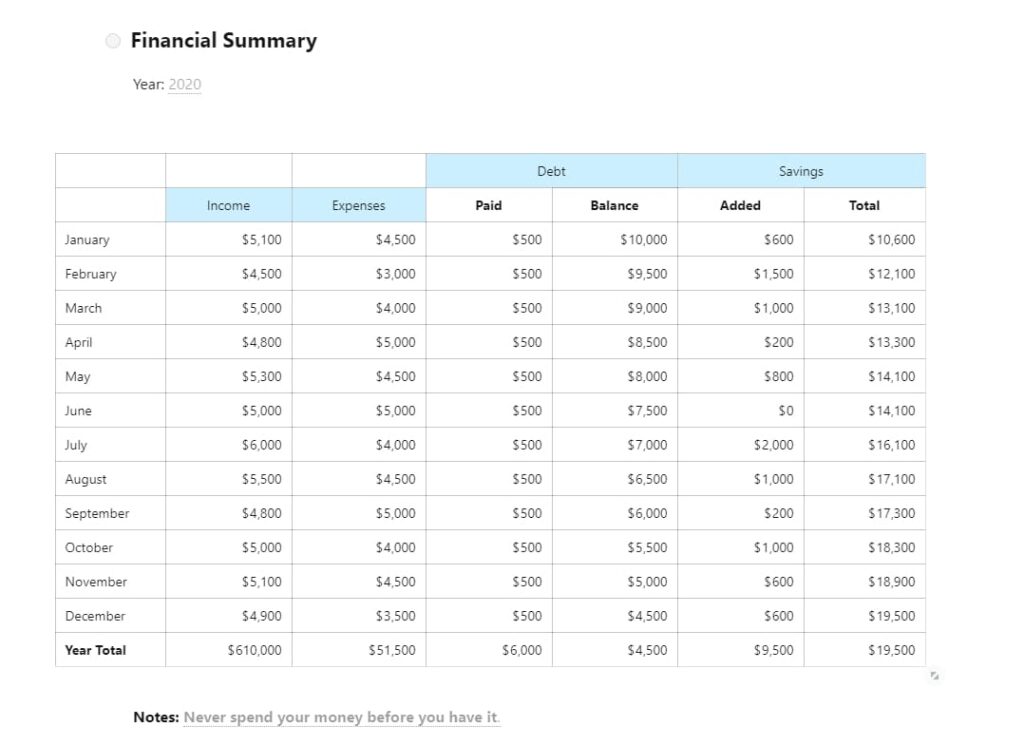
A work management system software allows for better resource management. By using effective work management or work planning, you can eliminate waste in your processes. Waste refers to duplicating effort, doing repetitive manual tasks rather than using automations and having more accurate time estimates for tasks.
Whenever waste is reduced, the overall efficiency of a business increases, which results in a decrease in costs and improved work management.
This allows managers and team leaders to focus more on high-value work activities instead of day-to-day tasks. This will help scale business growth.
When you have a work management tool or software, you’re not relying on people remembering what they need to do. This is because all your project and task management activities are documented and visible for all to act on.
This will help improve your client communication and collaborate with your customers a lot better. This will develop a stronger work relationship with your customers because your customer service standard will increase.
Although a work management system is more than creating to-do lists, it does help when team members have clear objectives and know how to manage time to achieve them.
For example, by focusing on improving an existing workflow, team members can work together more effectively by adopting a work management project.
When they understand their roles and responsibilities, they’re more likely to collaborate well to achieve their work objectives.
When team members follow a work management process and work well together, they will experience more job satisfaction and be more motivated.
When they feel valued and appreciated, they will perform well and produce exceptional results.
Another benefit to employees using an enterprise work management software or system is the ability for them to structure how they work, track their progress and receive regular feedback from their team leaders or supervisors on the quality of their work.
This feedback system ensures they receive the proper guidance or coaching to perform the best they can.
There are several types of work management systems to consider. It’s important to note that in the examples listed, there are similarities in features in the different work management systems, but they usually do one thing really well.
This is the most common work management system used in businesses today, with many software applications to choose from. However, it’s estimated only 23% of organizations use project management software.
With a project management tool, you can oversee work milestones, tasks and due dates. They include features such as assigning tasks, tracking progress, handling budgets and work resources, and communicating with other team members and clients.
With a time management structure, you can organize your work priorities and plan well, so you don’t miss deadlines.
You can set up recurring tasks, create reminders and even automate certain processes.
Using such a system doesn’t mean you’ll never fall behind with your work. Instead, it allows you to organize yourself and use your time more effectively, so you can focus on what needs to be done.
A task management system helps break down large tasks into smaller ones.
They include features like assigning tasks, tracking progress and due dates, setting reminders and providing status updates.
This type of system helps you oversee the availability of team members and other work resources. It can include features such as scheduling meetings, assigning tasks, and monitoring performance.
An HR system helps you keep track of all your human resource needs.
These software systems include features to help you take care of your payroll, employee efficiency scale of benefits and entitlements, hiring, training and firing.
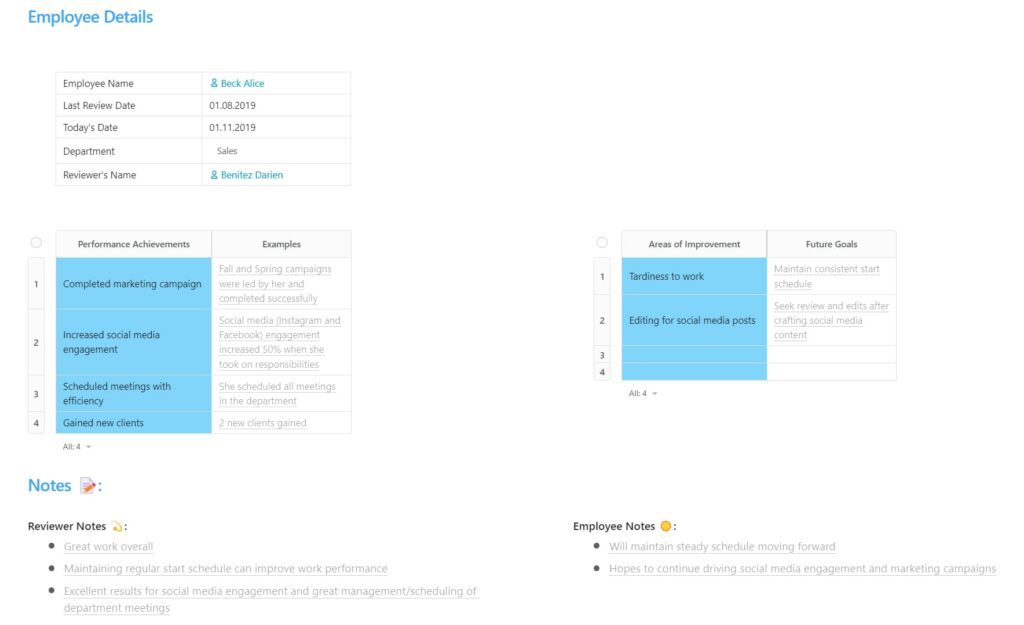
A sales system helps you run your sales activities, including marketing campaigns, lead generation and sales forecasting.
Some also include features to help you analyze work data, measure success and improve your customer service.
A document system helps you store, access, edit, and distribute documents. This can include an internal wiki or a client portal.
Accounting systems provide financial controlling work functions, including budget planning, invoicing, payment processing and banking options.
A CRM system helps you build relationships with your customers by collecting customer data, analyzing trends and automating interactions.
A CRM makes it easier to follow up leads, send reminders and promote business initiatives.
An ERP system helps you streamline your business operations. These software solutions integrate multiple departments within an organization and provide a single point of contact for information technology services.
During the project management stage, defining the project scope planning and execution of work begins. The follow-up for a project is important. Use progress reporting to identify if a project is doing well or not.
Work management combines the various aspects and parts of managing a project and the team to create a work management system that increases productivity. Work management thus covers a wide array of project management tasks.
The work management process includes:
Initiating a new project means starting a new project from scratch. A project manager must first define the project goals and objectives before initiating a project.
The project manager begins by identifying the scope of the project and then planning the schedule for the work. And there is no ending in that sense: a follow-up is vital. Use projects management tools to see what’s helping and what’s not.
Defining the scope of a project involves determining which areas of the company will be affected by the project. For example, a project may involve developing a new product line. In this case, the scope would include designing the product, creating prototypes, and testing them.
It also includes identifying the resources needed to complete the project. For instance, if the project requires a designer, then the scope should include finding out who will do the design work. If the project needs a programmer, then the scope should specify the type of programming language used.
This is the next step after defining the scope of a project. During planning, the project manager identifies all the steps involved in completing the project.
For example, when planning a web development project, the project manager might determine that the project will require a developer, a graphic designer, a content writer, and other resources.
Also known as a project planning outline, a project planning outline lists everything about the deliverables, tasks. A project plan may also be defined as a plan of action.
Once the scope has been defined, the project manager must start executing the project. Executing a project means taking each step necessary to complete the project.
For example, a project manager may assign a task to a resource, such as a developer. Once the task is assigned, the project manager must ensure that the resource completes the task.
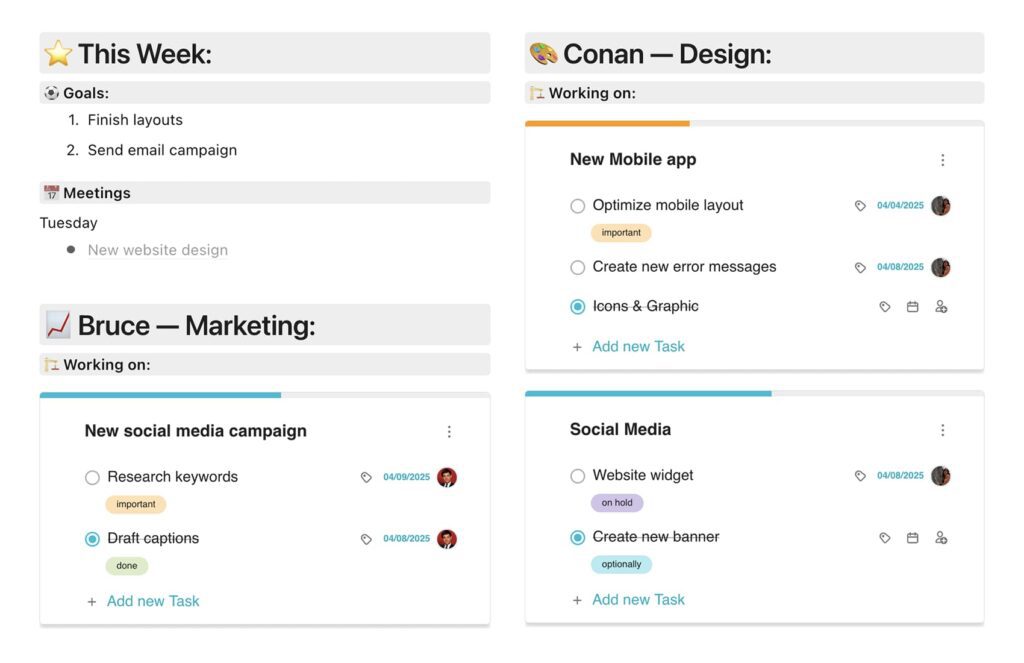
After the project is completed, the project manager must monitor the project to make sure everything went according to plan.
Reporting is another key part of monitoring a project. Reporting provides feedback to stakeholders, so they can understand whether the project was successful or not.
When a project ends, the project manager must close the project. Closure is the final step in any project.
This includes documenting the project and closing it off. Documentation includes writing down notes about the project and sharing those notes with others.
The right work management apps will make the process easier. Therefore, it’s beneficial to spend as much time as you need to choose a work management platform suitable for your business.
Work management software is an online tool used by businesses to organize their day-to-day operations.
Work management apps allow employees to collaborate and communicate efficiently. They help companies streamline their workflow and reduce errors.
The best work management software provides all the features needed to run a company smoothly. In addition, the best work management software should be easy to navigate and user-friendly.
You can get free work management software, as some providers offer a free plan. If you want an enterprise work management tool, you will need to sign up to a monthly or yearly subscription. The best work management software is more suitable for enterprise work management since it usually offers more features.
Many companies offer business solutions today for managing many aspects of business. Software that mainly focuses on sales management, project management or invoices is difficult to locate. The best software for combining this with a single intuitive platform is however quite a handful. Below we review a list of popular work management tools that can help you achieve efficiency.
It helps you manage work in the following ways:
Any work management tool you choose should have these capabilities. With so many work management tools available today, it’s important to get it right.
Project Manager is an award-winning project management tool geared at simplifying process workflows and boosting productivity. You can also create and maintain dashboard charts and project management tools with this software. Everyone has a role in the management of a project and the task is collected and the project is completed. Control workflows through a break up of the bigger projects into smaller stages.
Typically, work management software is composed of several different tools, including task management, project management functions. It also makes for an obvious benefit to stop paying for multiple platforms. You will not need to switch between various apps every time you are doing something. Is there anything I should know about implementing integrated work-based software? Let’s give you some information.
To use a work management system software optimally, so you can streamline your processes, these are factors to consider.
Every business is different and has unique work requirements. There isn’t a perfect solution that you can plug and play when choosing a work management system.
You will need to customize it to fit the requirements of your business. As part of your evaluation process, determine how much effort, time and costs are involved in customizing a solution in a way that’s best for your company.
“I have no problem working with various tools, because during my long professional career I have dealt with a lot of different tools, such as CMS, CRM systems or tools for email marketing automation.
A common problem is to collect results in the form of a reporting dashboard from several different sources. While gathering various Social Media channels in one reporting tool is easy to do, adding website statistics and email campaigns to the same dashboard is a challenge. Without the knowledge of advanced tools or specialists on board (like Power BI specialist), it is becoming an expensive project. In most of cases it’s easier to provide separate dashboards for tracking website results and for SM channels or stay with monthly reporting only.“

Introducing a new work system isn’t easy, especially if it will affect how you do things in your business. If you can integrate with tools you already use, the change will be much smoother and will not take as much effort.
Integrating with existing apps will help streamline processes and allow your teams to collaborate and communicate efficiently.
Assess how you want to use your work management system. Identify the business objectives you want to achieve by using it.
This will also help you customize your system to meet your objectives.
All businesses have repetitive processes and tasks. With smarter work planning, you can update your workflows by automating as many manuals and repetitive tasks as you can.
This will save you time and decrease errors, which means you will also reduce waste in your work processes.
To optimize your system and the performance of those using it, you need to monitor activity against the metrics you have set.
For example, you may monitor metrics such as project completion rate, response times and lead generation rates. These can help you identify areas of improvement and also remove bottlenecks in your processes.
When choosing a work management tool, it should include the following:
FuseBase (formerly Nimbus) continues growing and expanding options available to help you improve how you communicate with team members and clients and provide a superior customer experience.
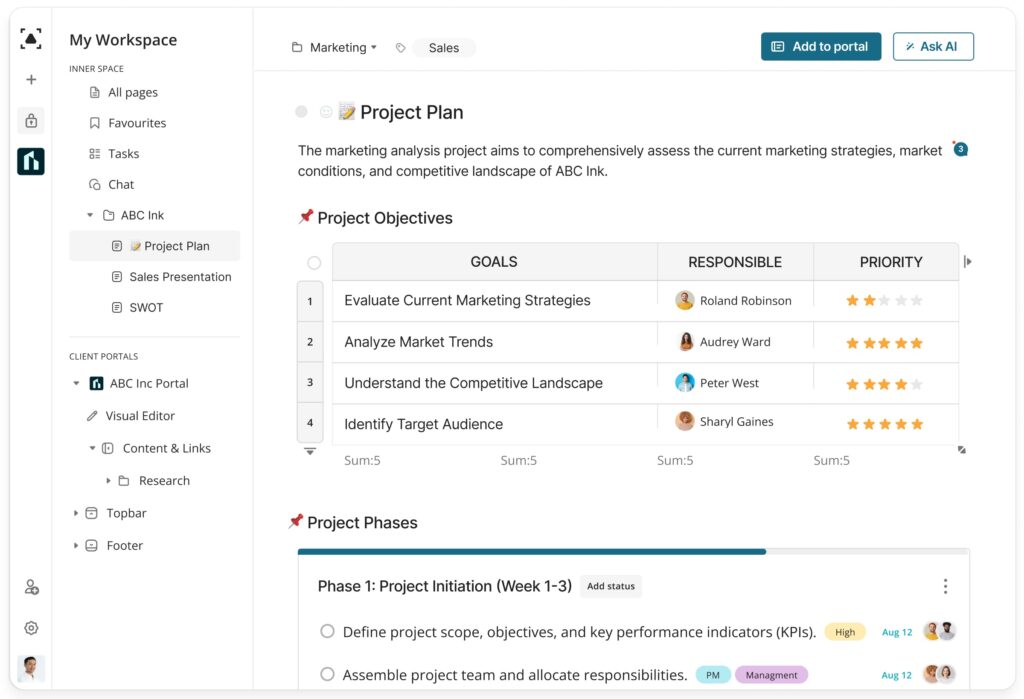
The work management features it provides include:
You can create a seamless communication experience with FuseBase Chat. In our recent blog post, learn how you can make your communication more efficient and reduce emails sent using FuseBase Chat.
Keep up with FuseBase updates and new articles on our LinkedIn page!
Found it useful? Share the article with your community
Get weekly tips and insights on how to grow your business